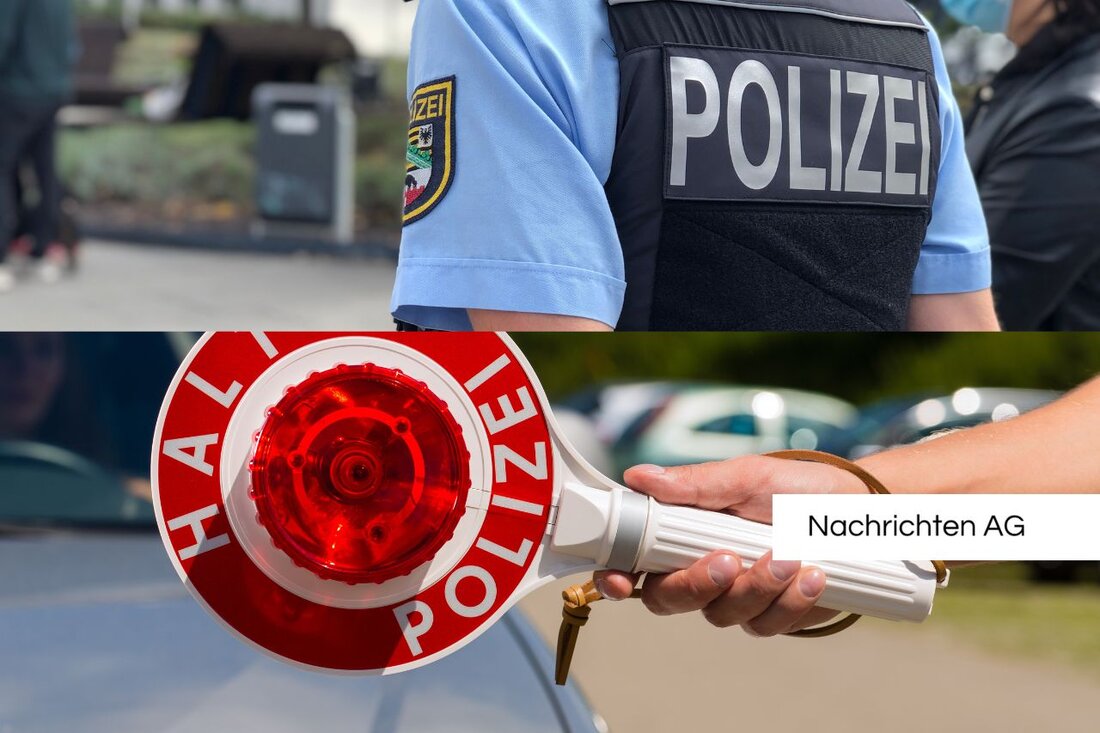EU puts Germany in danger in front of cyber challenge: NIS 2 directive!
EU puts Germany in danger in front of cyber challenge: NIS 2 directive!
Deutschland - The digital world is becoming increasingly complex, and with it the challenges in the field of cyber security grow. The NIS-2 guideline, which took effect on January 16, 2023, takes a decisive step in this area. This European directive records around 30,000 institutions and companies instead of the 4,500 that were under the previous NIS directive in 2016. The aim is to significantly strengthen cyber security within the EU and to establish a uniform legal framework. But what does that mean specifically for companies and public institutions in Germany? Twobirds reports because the national legislative process for the NIS-2-ambient law Difficulties have not made any progress yet.
The deadline for the national implementation was already set for October 17, 2024, but Germany lags behind. The coalition agreement provides for a amendment to the BSI law, but a cabinet decision is still pending. An updated bill was only published on June 23, 2025. This not only affects large companies: the new requirements also affect smaller companies that fall under the guideline from a certain size or a certain sales. No fewer than 18 sectors are affected, spread over "essential" and "important" institutions. Opencritis emphasizes that companies with 50 or more employees or sales of over 10 million euros are particularly demanded.
innovations by NIS-2 directive
What are the essential innovations? First of all, the NIS 2 directive with strict minimum security requirements. Facilities must report significant security incidents within 24 hours, which requires a quick and effective handling of the situation in the event of a cyber attack. The regulation also extends the duties and sanctions regime. Fine can be up to 10 million euros or up to 2% of the global annual turnover - there is no space for negligence.
Overall, the cyber security situation in Europe is influenced by geopolitical conflicts, such as the Ukraine conflict. These problems make it clear that security in cyberspace is an urgent matter. The NIS-2 guideline is not only an answer to technical threats, but also to the changing geopolitical landscape. [Fraunhofer iese] (https://www.iese.fraunhofer.de/blog/nis-2- Directive-mummittung-de-deutschland/) emphasizes that companies have to systematically analyze risks and create emergency plans in order to be able to maintain the operation in the event of an incident.
monitoring and cooperation
The surveillance and cooperation between national authorities and institutions is reinforced by the NIS 2 directive. Each member country must set up national cyber security strategies and computer emergency teams (CSIRTS) that play an essential role in reaction to cyber incidents. The NIS 2 directive gives the Member States until April 17, 2025 to create lists of essential facilities. Opencritis also mentions that this framework has the potential to significantly improve the cyber security measures and to reduce the attacks on critical infrastructures, as increased in recent years
What does the future look like? The transparency and control over security measures must be continuously improved in business relationships, especially within the supply chains. Companies are asked to implement technical solutions such as cryptography and multi-factor authentication and carry out training courses for "cyberhygiene". NIS-2 obliges institutions such as banks or public administration to pursue a proactive approach to cyber security-there is something.
The NIS-2 directive is ultimately a call to everyone who is in the digital world. Yes, the challenges are great, but opportunities for a robust cyber security architecture are visible everywhere for those who are willing to invest. Stay tuned and keep your infrastructure safe - it is not only a legal obligation, but also crucial for survival in the digital era.
| Details | |
|---|---|
| Ort | Deutschland |
| Quellen | |


Kommentare (0)